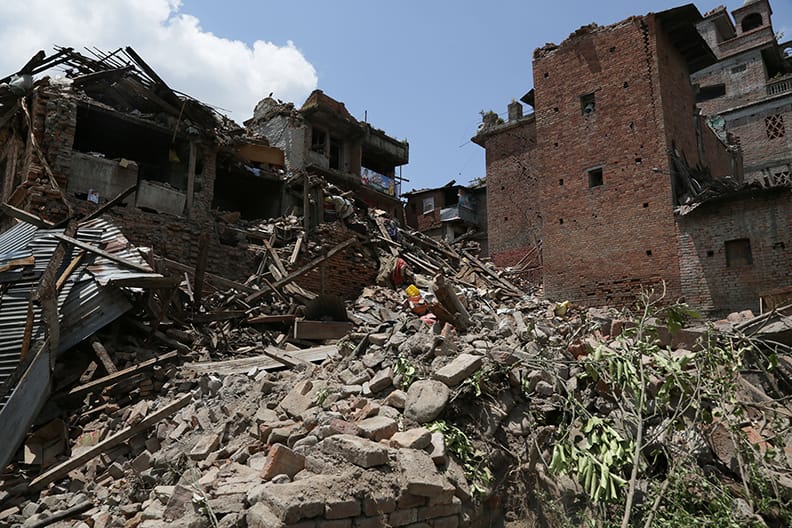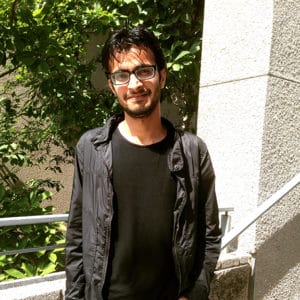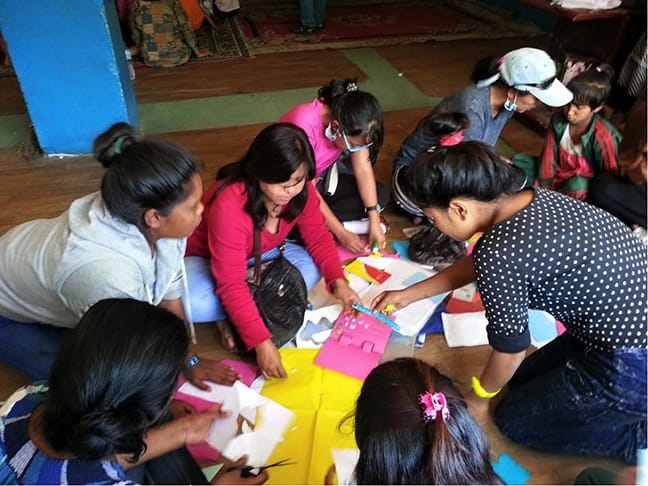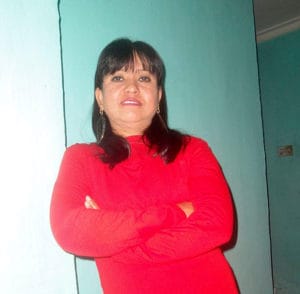Nepal in Need: Student and Teaching Fellow Help Earthquake Victims Recover

The moment he heard news of the earthquake, questions rushed through Drucker School student Krishna Tiwari’s mind: How are my family and friends? Are they safe?
A magnitude 7.9 earthquake had just struck Tiwari’s native country of Nepal. The temblor claimed thousands of lives, flattened entire villages, and destroyed centuries-old cultural and religious heritage sites.
It took a couple of days, but Tiwari finally received news. His family in Nepal was safe, but a friend had died when part of a building collapsed during an aftershock. Tiwari’s attention shifted to a new priority: helping victims of the quake rebuild.

“I’ve always done my part to help people,” he said. “That’s always been my passion.”
Tiwari isn’t alone. At least one other member of the CGU community has also stepped up to lead Nepal’s recovery from the April 25 earthquake and powerful aftershocks that shook the country to its foundation.
Kausalya D. Khadka, a social studies teacher from Nepal and a 2014 CGU Teaching Excellence and Achievement (TEA) fellow, is leading efforts to help schoolchildren deal with post-quake trauma.
“It has traumatized every one of us greatly,” she said. “As we all know, children are the victims in this kind of situation and are mostly ignored and unthought-of in a developing country like Nepal.”
The country is still reeling. The quake and a magnitude 7.3 aftershock on May 12—centered in the area between the capital of Kathmandu and Mount Everest—are estimated to have killed more than 8,600 people and damaged more than 756,000 homes and other buildings, according to the Associated Press. One quake triggered an avalanche and also leveled several iconic UNESCO World Heritage sites, including the 100-foot Dharahara Tower, which collapsed with visitors inside and is now a pile of rubble.

Earlier this month, Tiwari launched the Claremont Unites for Nepal campaign through the CrowdRise fundraising website. Collected funds will be channeled through CARE, a leading humanitarian aid company conducting relief work on the ground.
Tiwari, a first-year student, came to CGU experienced with helping those in need. Prior to coming to CGU, he served as a program officer for KGNepal, a nonprofit Nepalese organization focused on charity, volunteer, and counseling programs. Tiwari was responsible for a program that identified schoolchildren in need and secured donations of notebooks, shoes, food, and vital resources for them.
“I’ve always loved to be on the ground, doing my part helping people progress and have a better quality of life,” Tiwari said.

After the April 25 quake, Khadka began conducting workshops for children that are designed to help them cope in the wake of disasters. Activities include playing games, free drawing, sharing experiences, and storytelling. Local teachers are also trained to help develop coping strategies.
“There are many reactions to the earthquake that are common among children,” Khadka said, “and it would be helpful for parents, teachers, and guardians to know how to help children to recover from this kind of situation.”
Both Tiwari and Khadka credit their experiences at CGU for nurturing their humanitarian perspectives.
Khadka said her time as a TEA fellow taught “that we should try to give what we learn in our life according to our capacity and knowledge.”
CGU Teacher Education Director DeLacy Ganley said the TEA program encourages participants to take what they have learned at CGU and bring it back to their communities.
“The idea we stress is that teachers are leaders in the community, and [Khadka] really took it to heart,” Ganley said.
Tiwari said the Drucker School’s philosophy of social responsibility dovetailed with his own values. After he graduates, he plans on returning to Nepal to enact social change through business ventures and management consulting.
“I believe that leaders need to be result-oriented to be effective, and organizations need to be socially responsible while being successful,” Tiwari said. “I believe that Drucker is a perfect fit, the place where I can grow and become such a leader.”
(On the homepage: Photo by SIM Central and South East Asia’s “Earthquake Aftermath” album used under license by Creative Commons 4.0.)